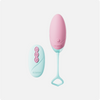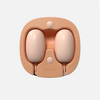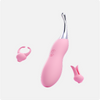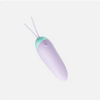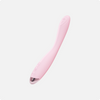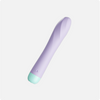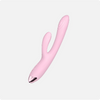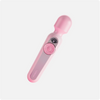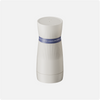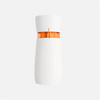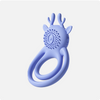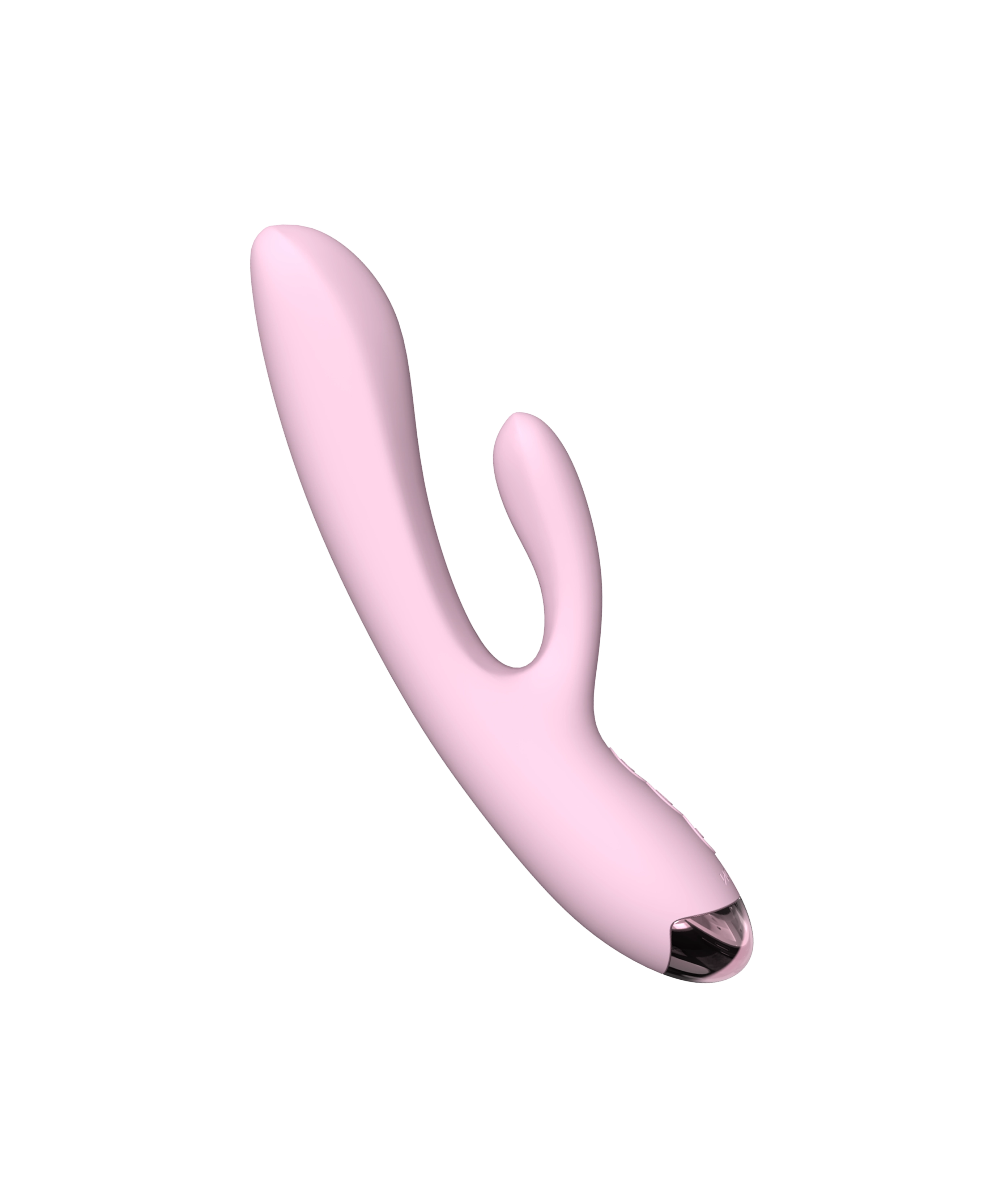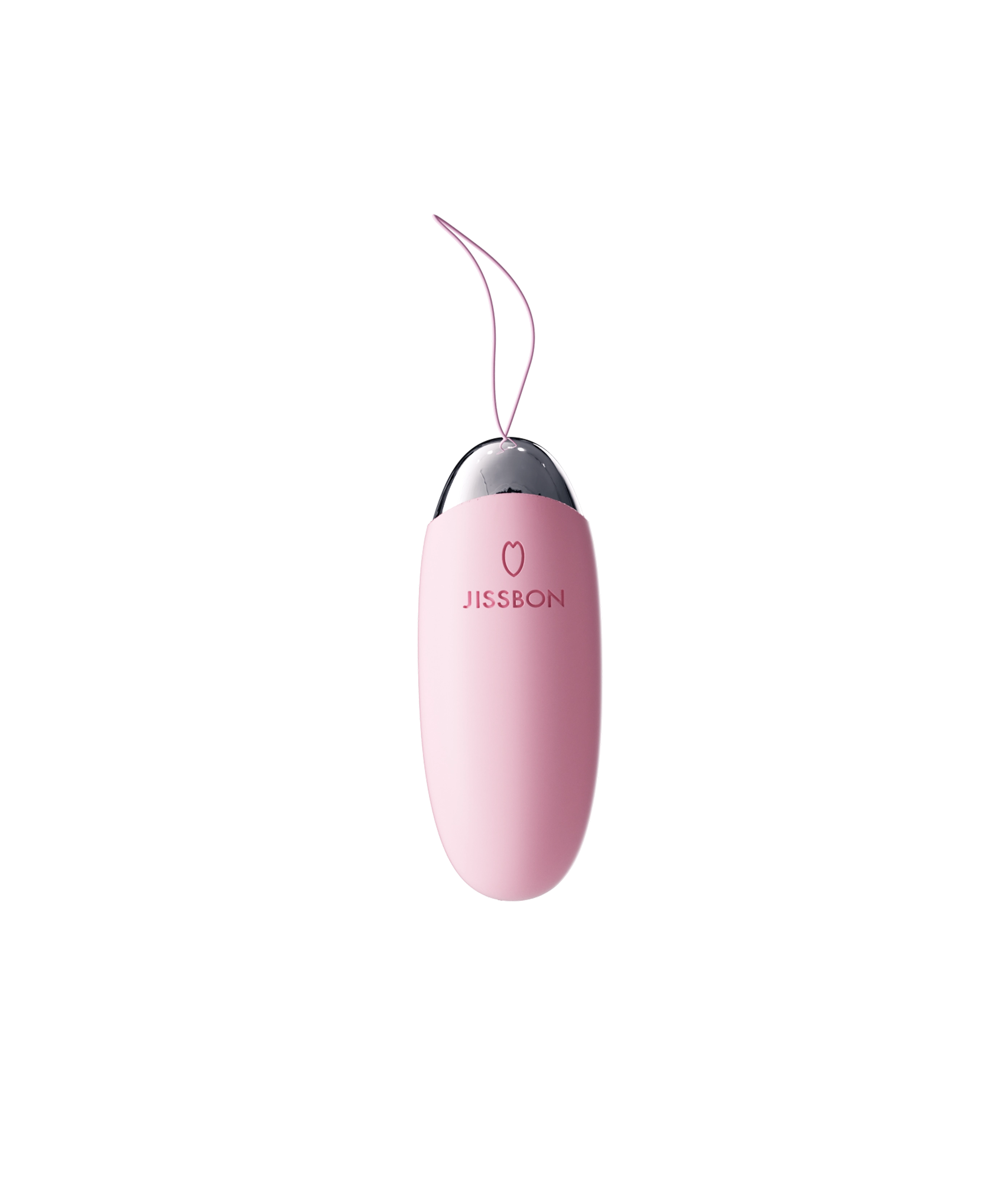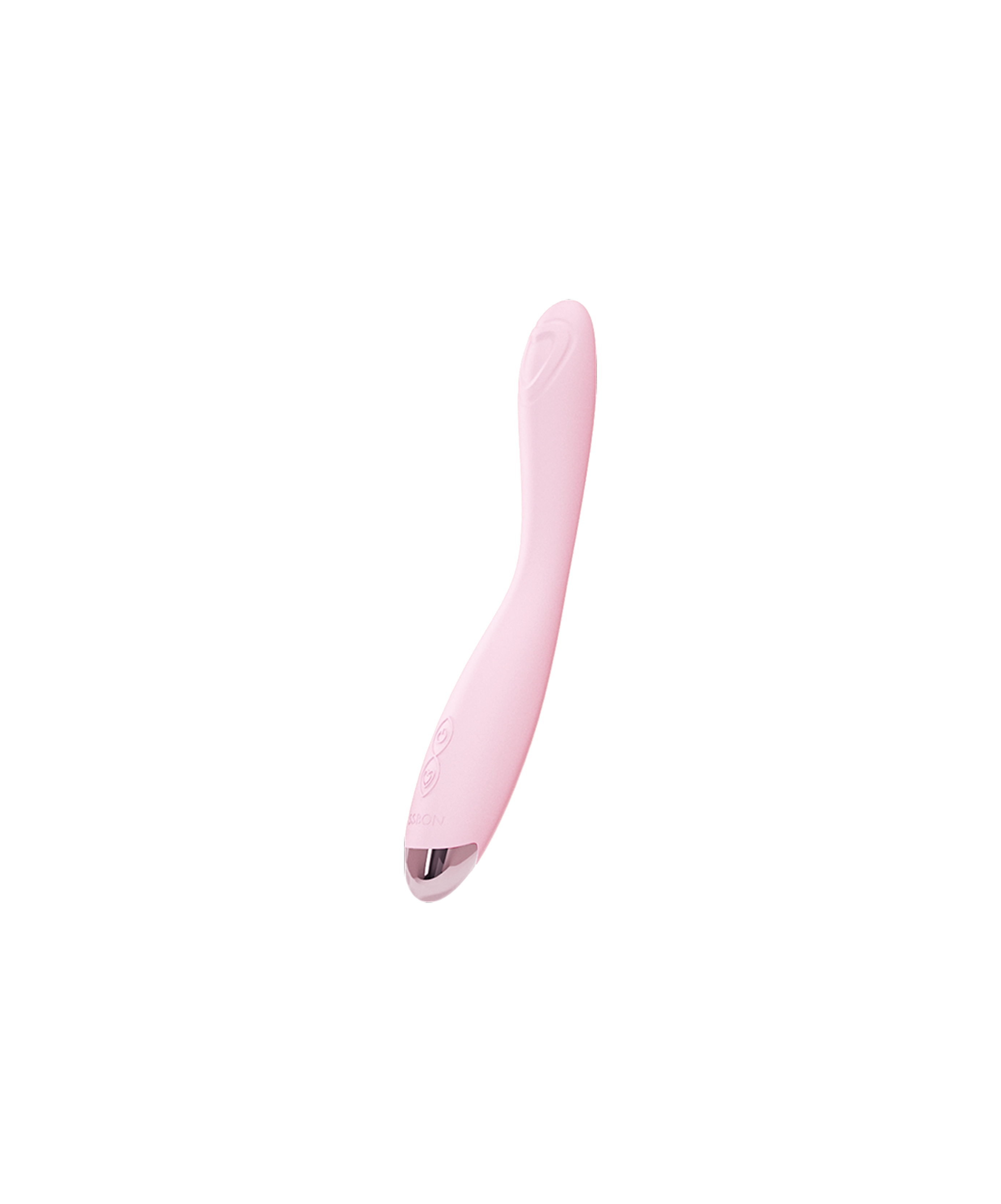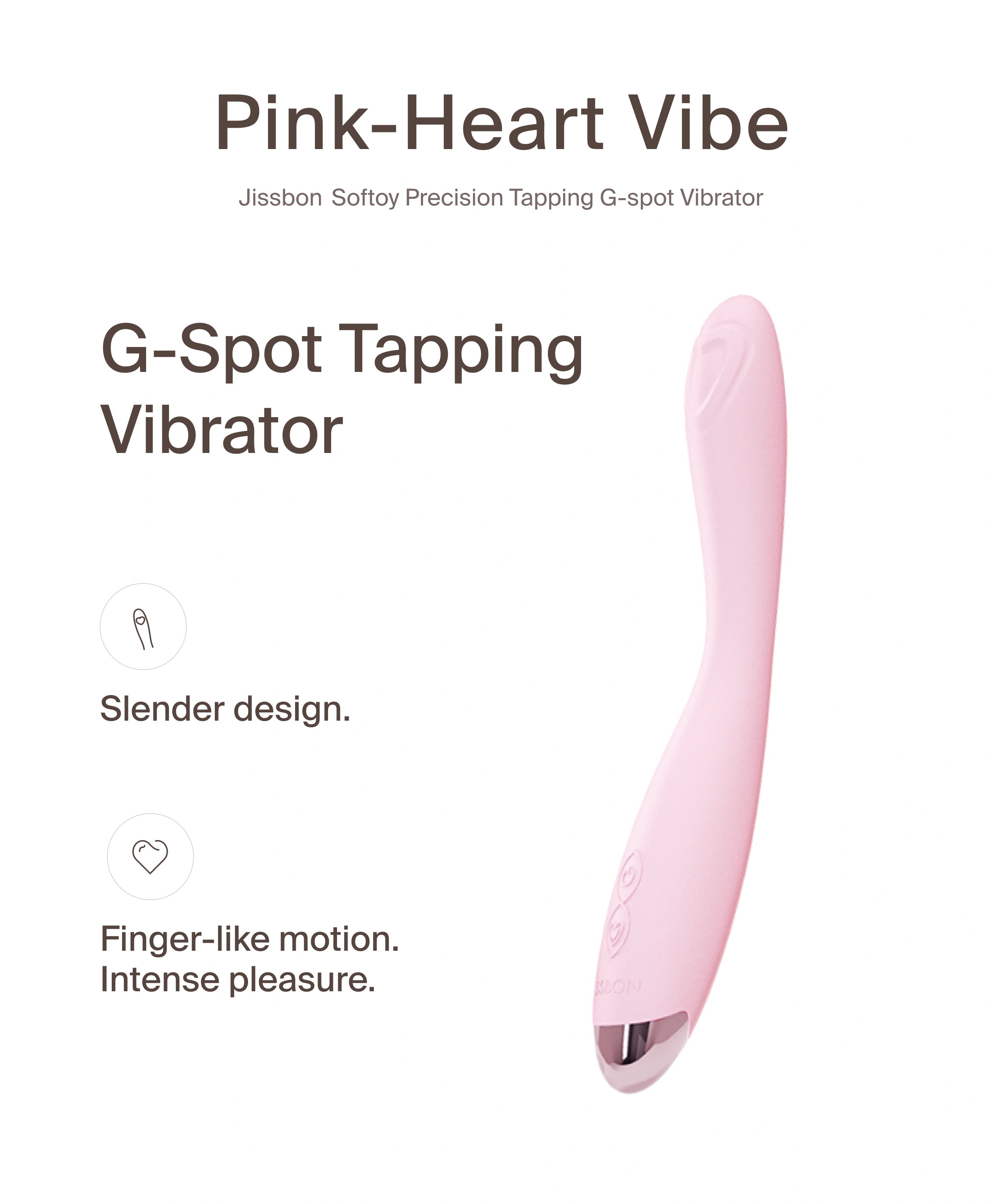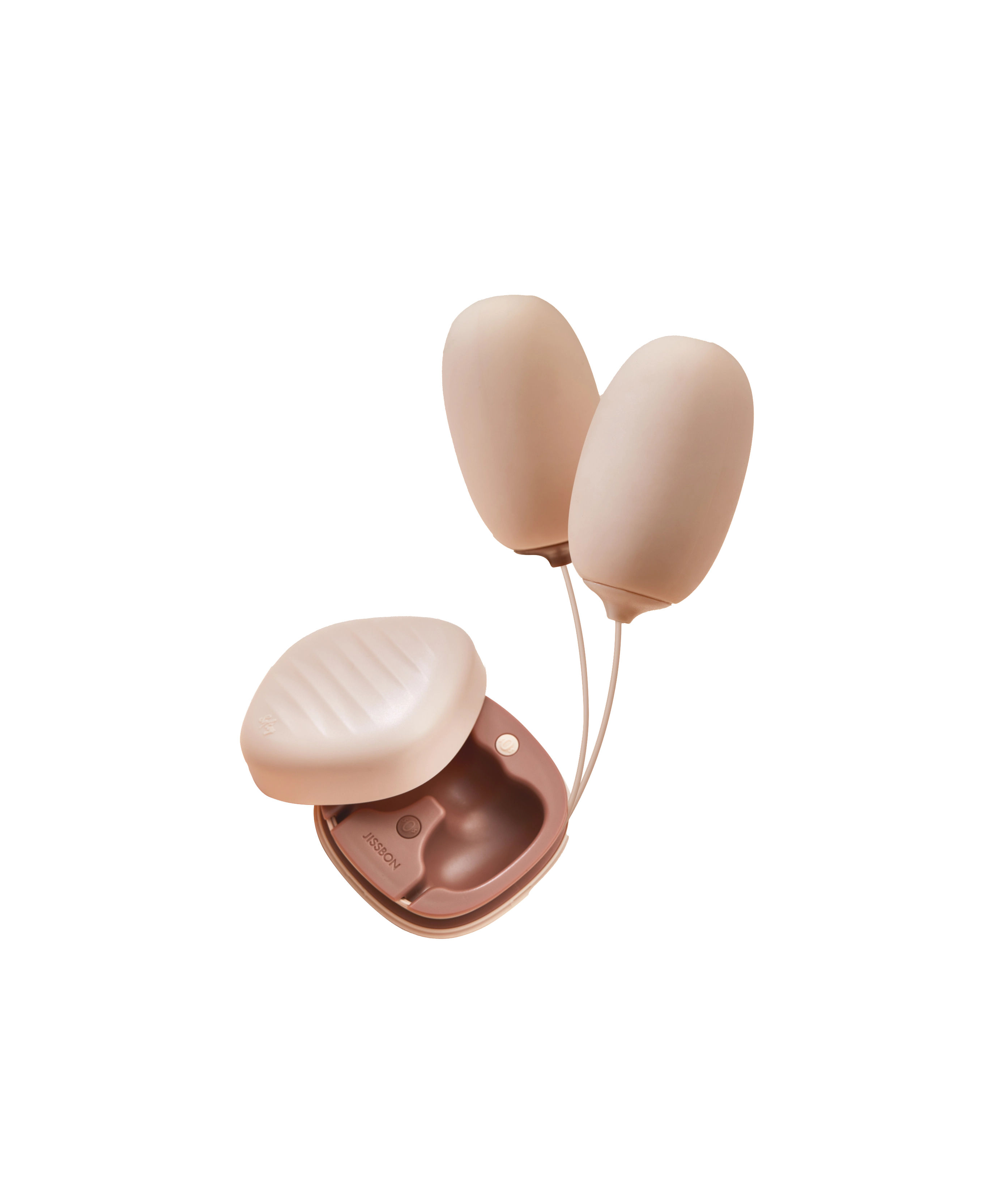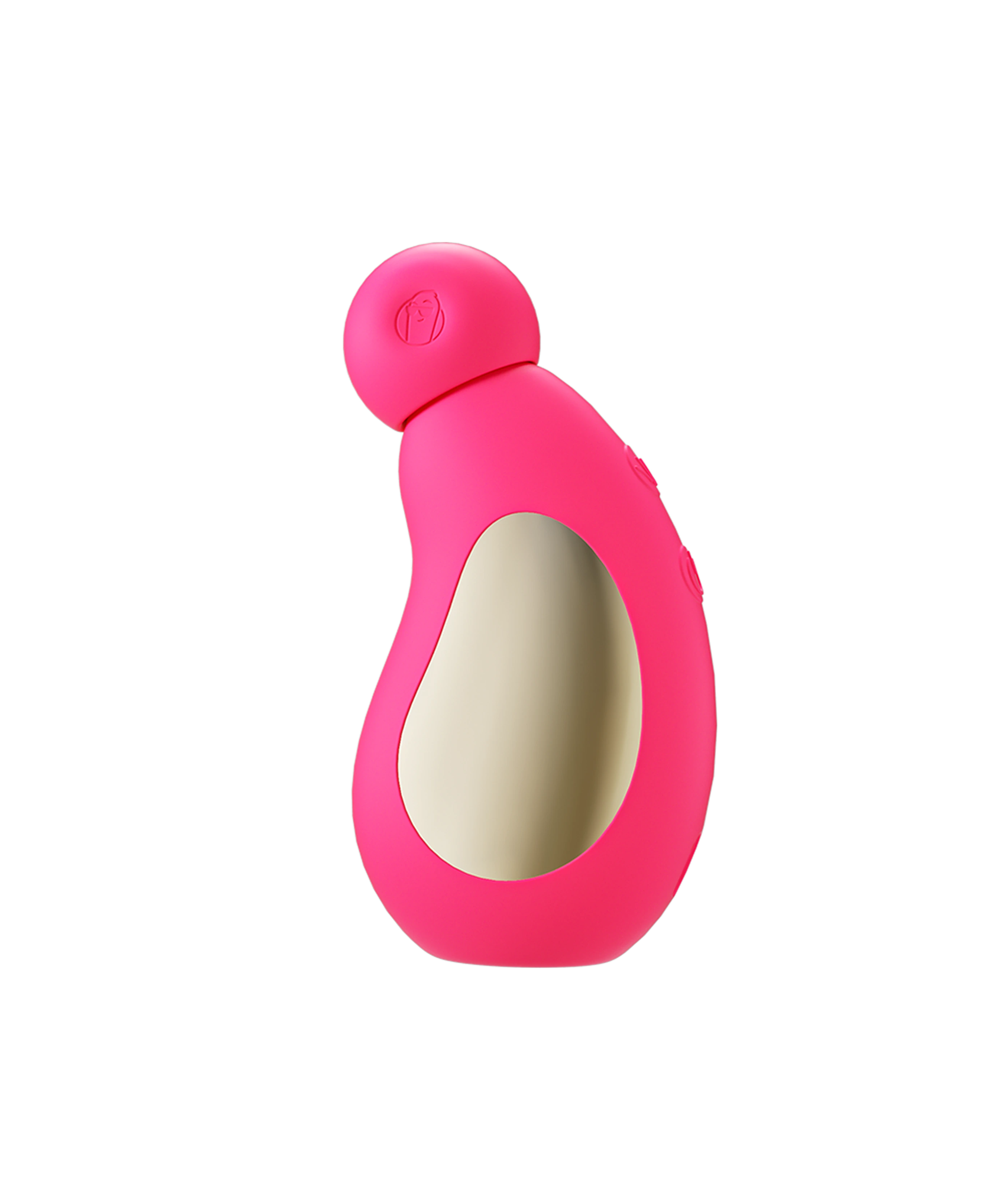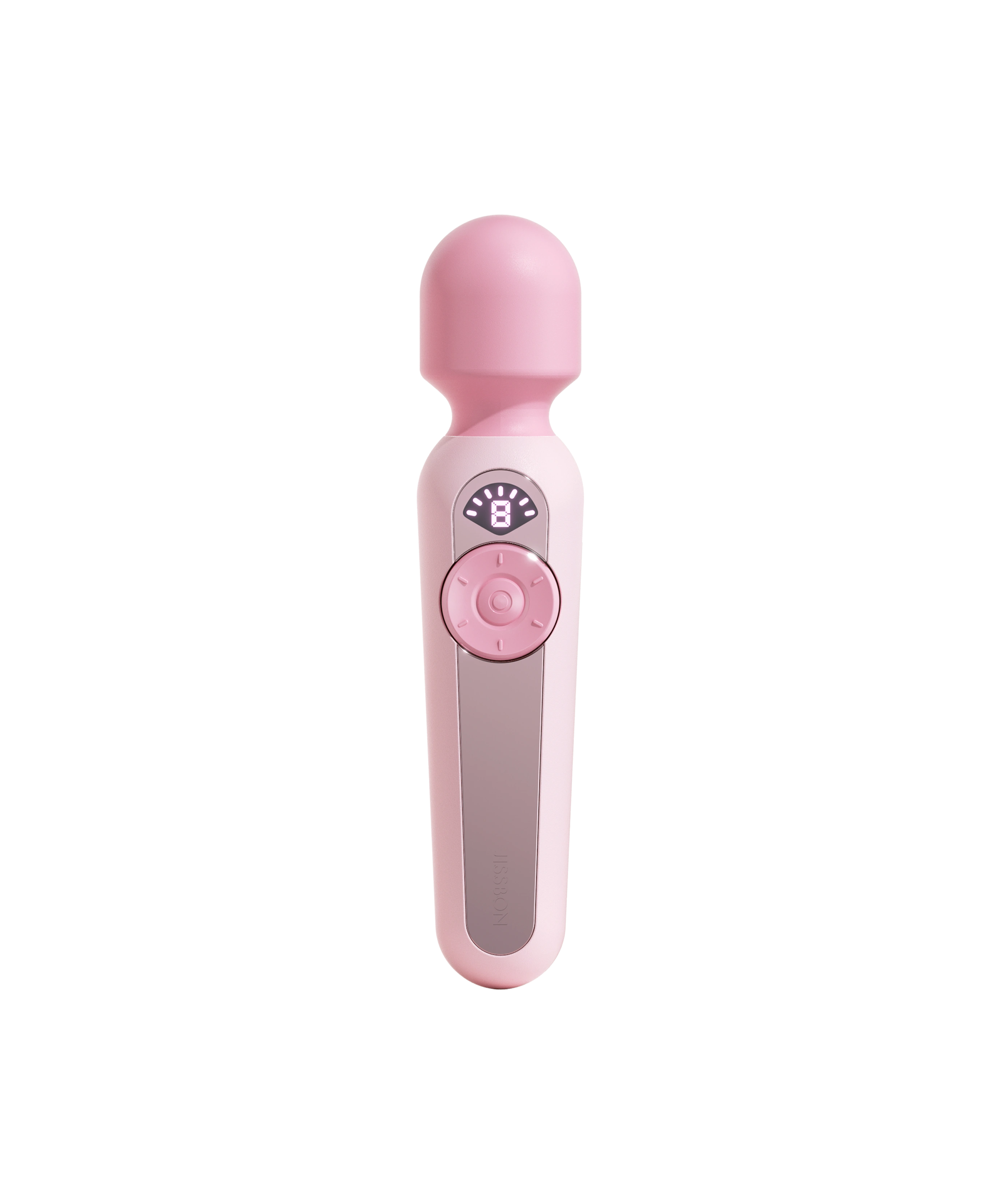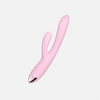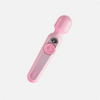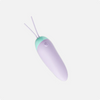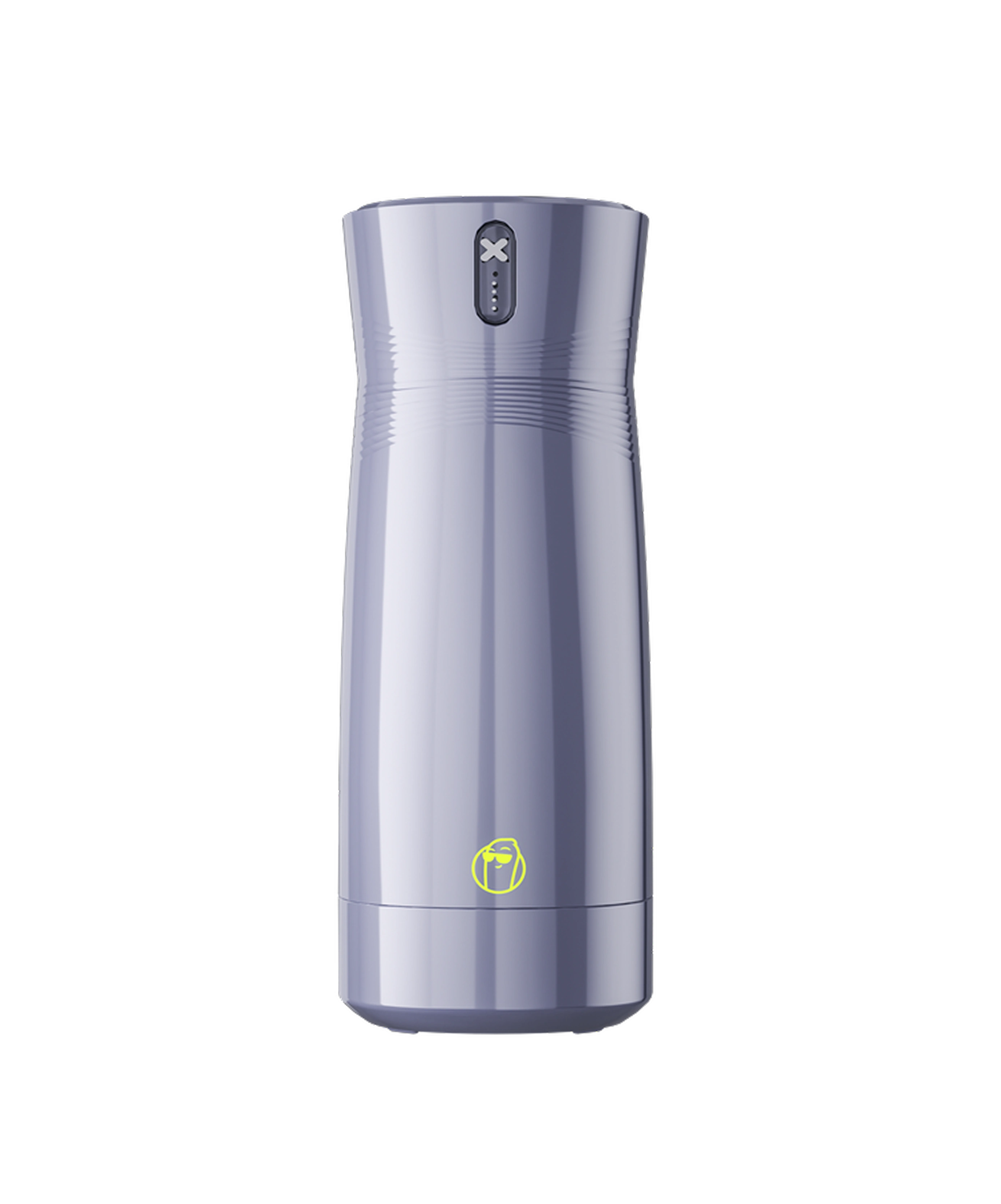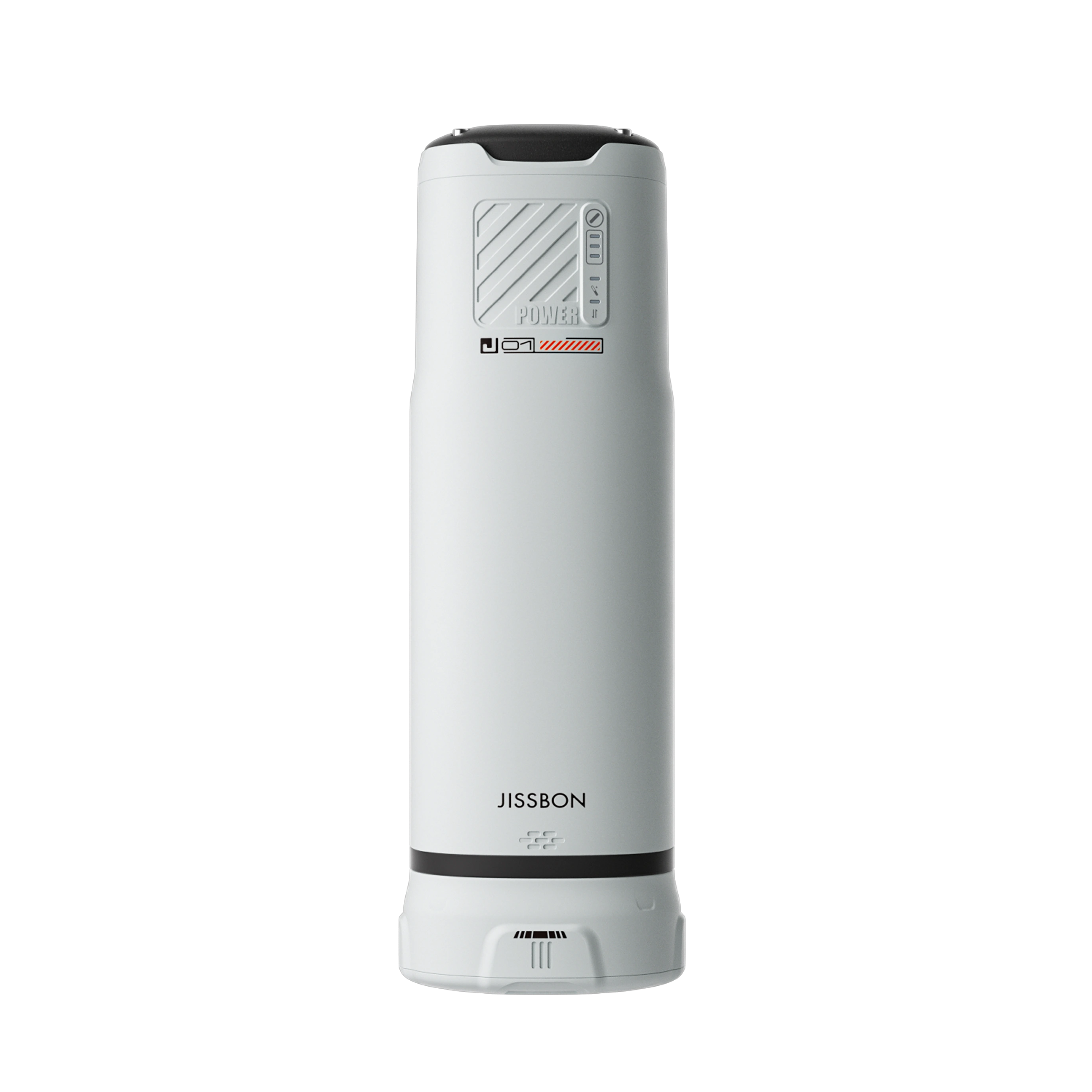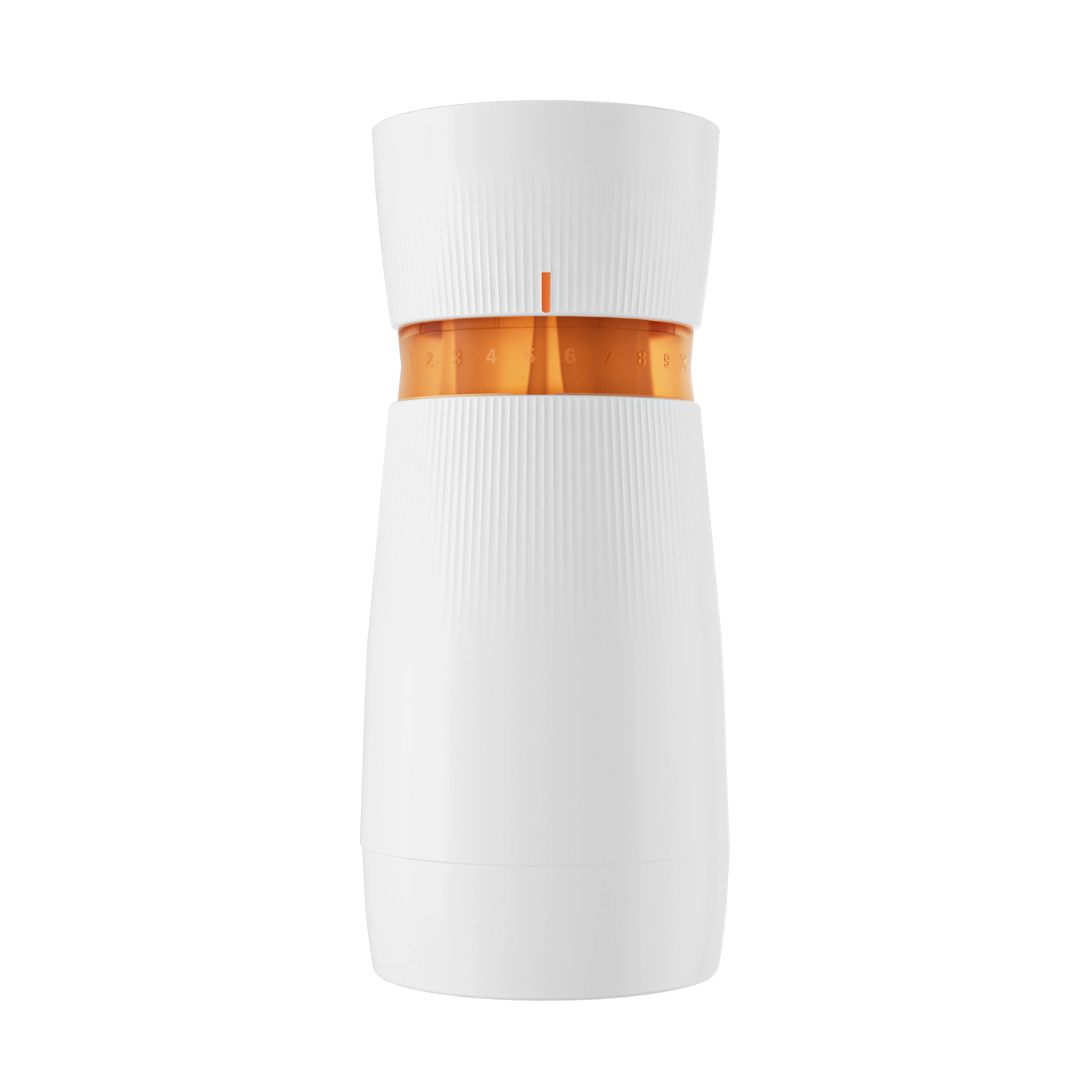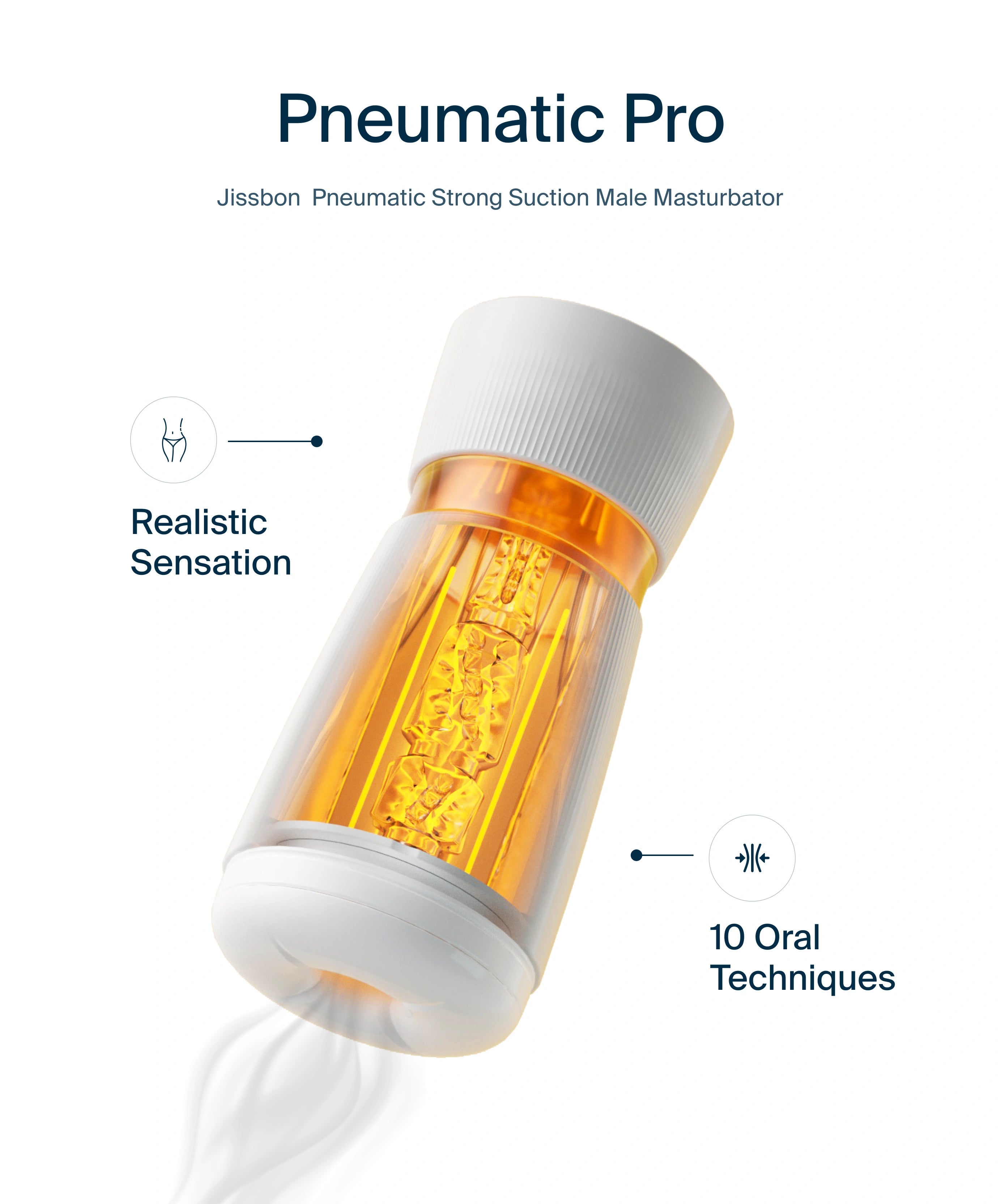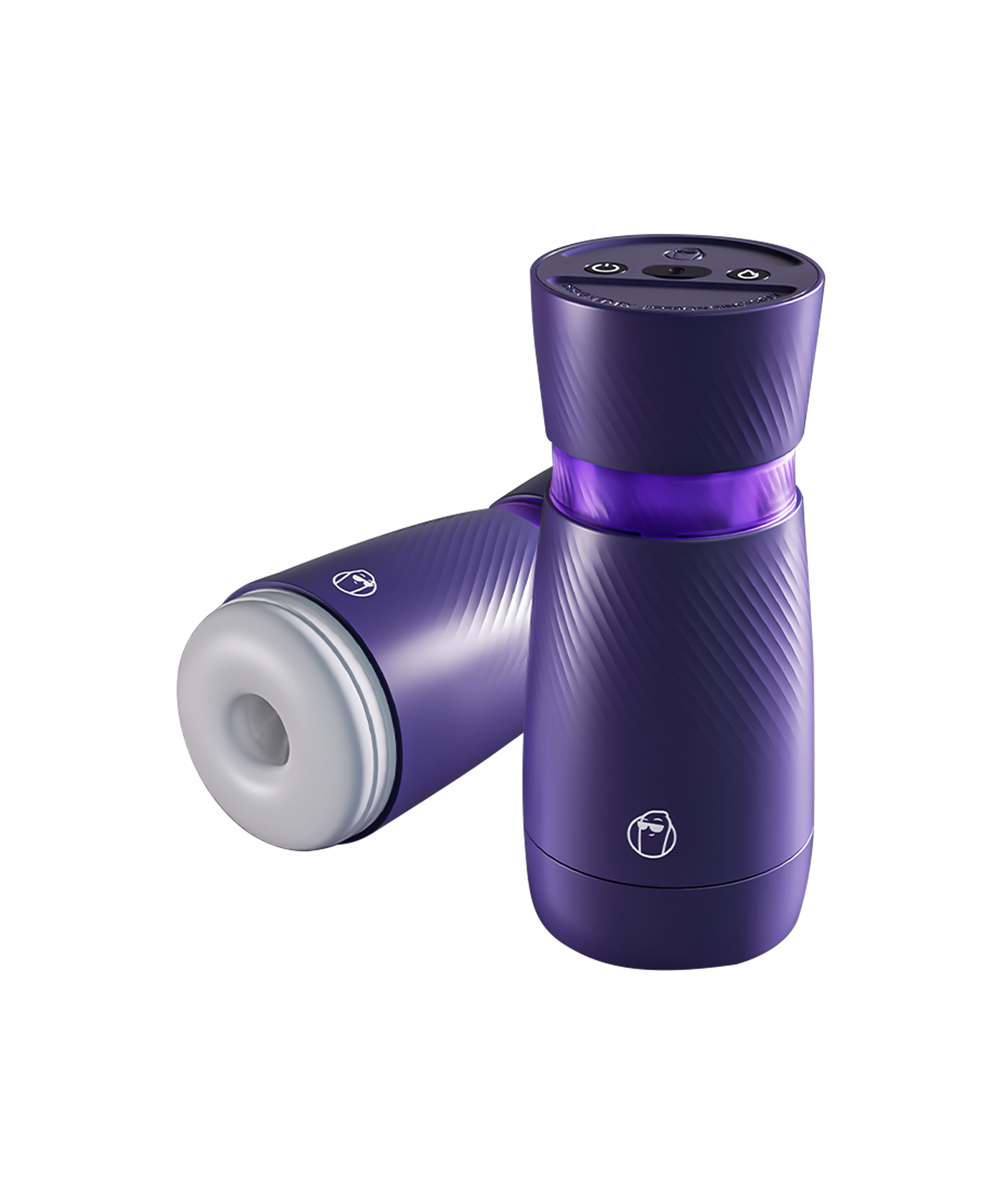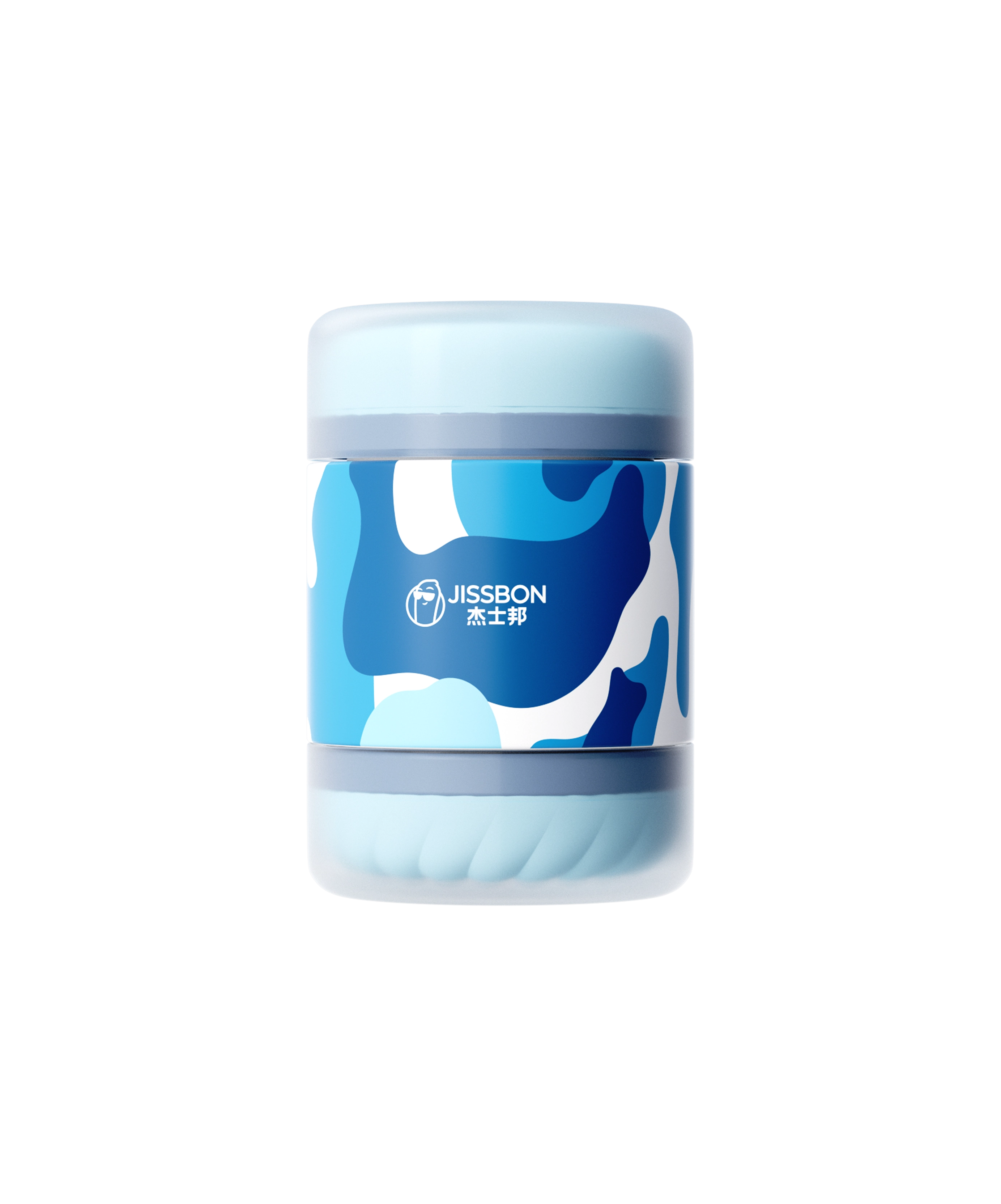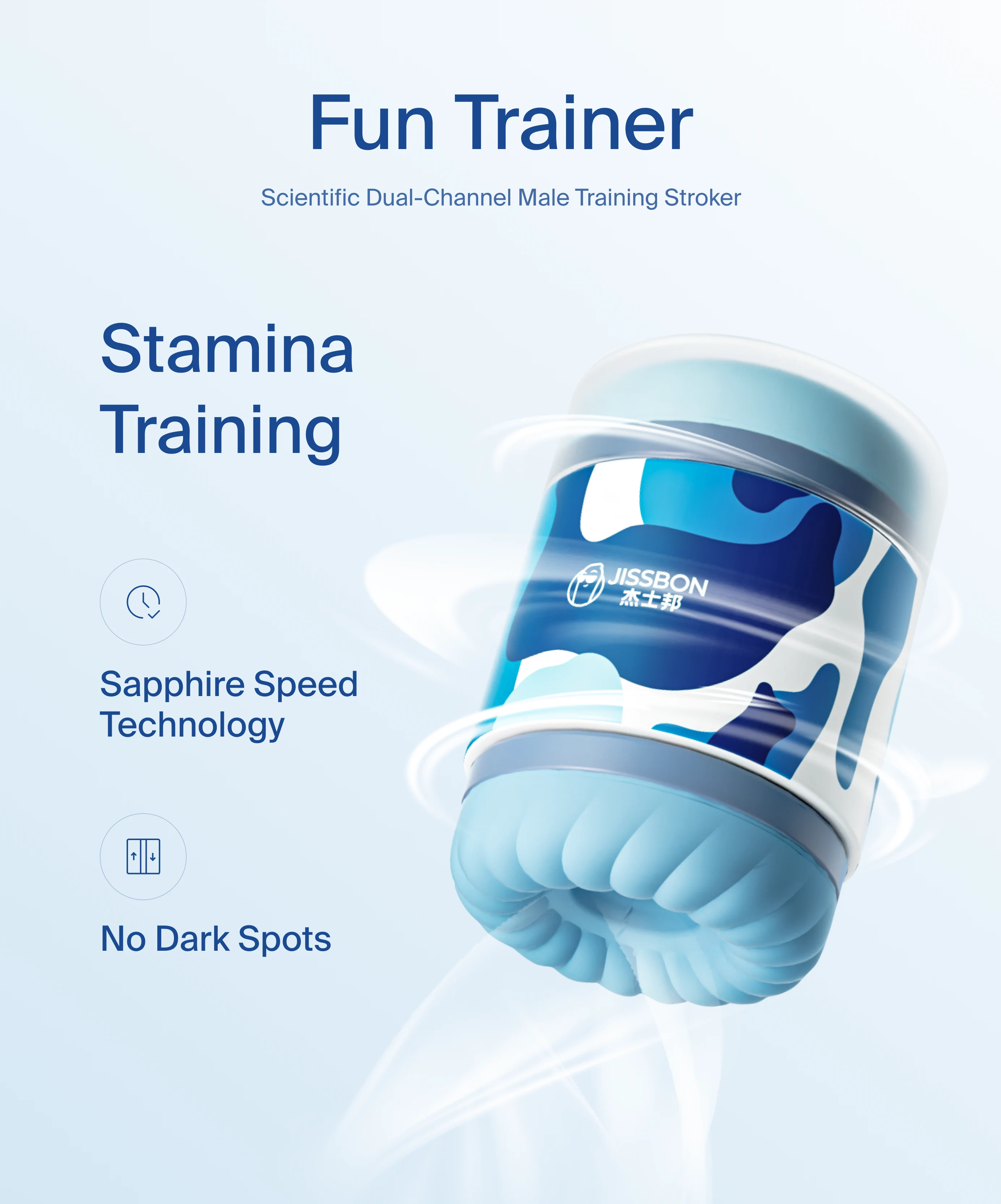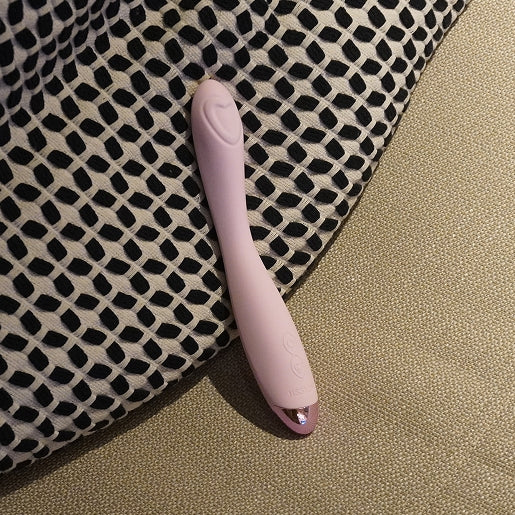This guide walks you through how to masturbate safely and pleasurably—covering setup, techniques for different bodies, common questions (including the “side effects of masturabation in male once a week” and “side effects of masturbation in male daily” searches), and when to consider toys. You’ll also find clear, evidence‑based notes on health benefits and myths around masturbation—all in one place.
Masturbation basics (what it is, why people do it)
Masturbation simply means stimulating your own body—genitals and other erogenous zones—for sexual pleasure, sometimes to orgasm. Major health sources emphasize it’s common, normal, and safe, with potential benefits such as stress relief, better sleep, mood lift, and improved sexual self‑knowledge. It’s not inherently harmful; problems arise only if it interferes with daily life or relationships.
Benefits (and the biggest myths)
- Mind/body benefits: Many people report reduced stress, better sleep, and a brighter mood after masturbating; clinical explainers attribute this partly to endorphins and oxytocin released during orgasm.
- Sexual learning: Knowing what you like makes partnered sex easier to communicate and enjoy. Mainstream sex‑ed resources call masturbation one of the safest ways to learn your body.
- Myths, debunked: No credible evidence shows masturbation causes infertility, mental illness, permanent sensitivity loss, or low testosterone. (Short‑term hormone shifts can vary, but long‑term testosterone isn’t harmed.)
Safer, comfier setup (applies to everyone)
- Privacy & mood: Dim lights, put your phone on “Do Not Disturb,” and queue erotica/imagery if that helps.
- Clean hands & nails: Wash up and trim rough edges to avoid irritation.
- Lubricant: Use water‑based or silicone lube; avoid oil with latex condoms (oil weakens latex). If condoms aren’t involved, pick what feels best for your skin and body.
- Gentle pacing: Start slow and build. If something hurts, stop, add more lube, change angle, or switch techniques.
- Aftercare: Rinse off if you used lube; hydrate; rest.
How to masturbate (vulva owners / “women masturbating”)
These hands‑only moves prioritize external stimulation first (what works best for many vulva owners), then add internal touch if you want it. Reapply lube as needed.
Warm‑up: palm cover & light circles
Cup your vulva with a warm palm; make slow circles around the clitoral hood (think “clock face”: 12→3→6→9). Adjust pressure and speed to taste. Many people climax from external stimulation alone; penetration is optional. Evidence‑based guides emphasize clitoral focus as a reliable path to orgasm.
“O + V” method (two‑hand technique)
- With one hand, make a loose “O” over the clitoral hood and glide.
-
With the other, shape a “V” along the inner labia, stroking toward the vaginal opening.
Mix speeds and pressure. If you rely on vibrators, this combo can mimic steady, rumbly sensation without devices.
Shallow “come‑hither” + external touch
Insert a clean, lubricated fingertip just inside the vagina and make a gentle come‑hither motion toward your belly button while your other hand stays outside on the hood. Keep movements small and rhythmic.
Grinding (no penetration)
Fold a soft blanket or pillow; add a dab of lube if you like glide; rock your pelvis until you find the sweet angle. Many mainstream guides list pillow/grinding as a simple toy‑free method.
Want to add an external buzz later? Compare discreet options in Egg & Bullet Vibrators. A compact remote style like the Remote‑Controlled Bullet Vibrator layers easily over these techniques.
How to masturbate (penis owners / “men masturbating”)

Rotate techniques so you don’t get locked into one sensation. Lube makes everything smoother and lowers friction.
Ring‑and‑glide with frenulum focus
Form an OK ring at the base and glide upward; pause under the head (frenulum) for short, steady pulses. This balances broad pressure with pinpoint intensity. Health guides for masturbating note that varying grip and tempo keeps arousal from plateauing.
Two‑hand twist
Slide both hands in opposite directions (a soft “wring”), slowing around the head. Back off before climax (edging), breathe, then rebuild. Edging can heighten sensation and control for some folks.
Thigh‑press or towel method
Place the shaft between your thighs or a folded towel; squeeze and rock. This simulates diffuse pressure similar to intercourse.
Pelvic‑floor pulses
Add brief Kegel squeezes (like stopping urine) during strokes or near orgasm to intensify contractions and build control. Some clinical sources associate pelvic‑floor training with improved sexual function and control in men.
Techniques that help both bodies
- Edging: Build close to climax, pause (breathe), then resume. This can increase arousal and lead to more intense orgasms.
- Breathing: Slow, deep inhales and longer exhales lower tension so arousal rises more easily.
- Angles & props: A pillow under the hips or a slight knee bend changes everything; adjust positions to reduce strain. Practical position guides recommend props for alignment and comfort.
Side effects & frequency: daily vs. weekly (what the evidence says)

Searches like “side effects of masturabation in male once a week” and “side effects of masturabation in male daily” are common. Here’s the gist:
- No fixed “harmful” number. There isn’t a medically defined limit per day or week. Most reputable sources say masturbation has no serious side effects when it doesn’t disrupt your life or cause significant distress.
- Short‑term irritation can happen. Going rough or too often in a short window can cause chafing, temporary swelling, or transient sensitivity changes—usually resolving with rest and gentler technique.
- Testosterone & “weakness” myths: There’s no evidence that regular masturbating lowers long‑term testosterone or causes systemic “weakness.” (Short‑term shifts and a normal refractory period are different.)
- Ejaculation & prostate health: Some large observational work links more frequent ejaculation with a lower prostate‑cancer risk (association, not proof of causation).
If masturbating is compulsive (you’re skipping obligations or distressed), or you have pain, bleeding, or persistent erection problems, check in with a clinician or sexual‑health therapist.
Is it healthy to not masturbate?
Plenty of people don’t masturbate for personal, cultural, or religious reasons—and that’s okay. Major health resources say there’s no inherent harm in not masturbating; claims of unique “NoFap” health effects aren’t supported by strong evidence. If abstaining feels good to you and doesn’t cause distress, it’s a valid choice.
Lube & barrier quick guide
- With latex condoms: Use water‑based or silicone lube. Avoid oil (petroleum jelly, body oils) because it weakens latex and raises break risk.
- No condom involved: Choose any body‑safe lube that suits your skin and comfort; patch‑test if prone to irritation.
- Toy hygiene (if you add toys later): Wash after use; if sharing, consider a condom on the toy and change it between partners/routes.
Optional: adding a small toy later
You don’t need toys to have amazing solo time. But if you want to explore consistent external buzz for warm‑ups or edging, browse Egg & Bullet Vibrators or try a discreet remote‑controlled option like the Remote‑Controlled Bullet Vibrator. Keep lube compatibility in mind and clean after use.
Quick start plans (5–10 minutes)
Vulva plan:
- Palm cover + light circles (2–3 min).
- “O + V” method (3–4 min).
- Edge once; resume with shallow come‑hither + external touch (2–3 min).
Penis plan:
- Ring‑and‑glide with frenulum focus (3 min).
- Two‑hand twist; edge (2–3 min).
-
Thigh‑press strokes + brief Kegel pulses to finish (2–3 min).
Frequently Asked Questions:
Is masturbating every day bad for you?
Usually not—masturbating daily isn’t harmful if you’re comfortable, using lube as needed, and it’s not disrupting life or relationships. Watch for temporary chafing or sensitivity; rest and gentler technique help.
What are the “side effects of masturabation in male once a week”?
Once a week is well within normal. There are no unique side effects tied to that frequency. As above, side effects relate to roughness or compulsivity, not calendar math.
What about the “side effects of masturbation in male daily”?
Daily masturbation still isn’t inherently harmful; just manage friction, vary technique, and take short breaks if you notice irritation or reduced sensitivity. Seek help if behavior feels compulsive.
Does masturbation lower testosterone?
No reliable evidence shows long‑term testosterone reduction from masturbation. Short‑term hormonal shifts can occur, but they’re not the same as chronic low T.
Is it healthy to not masturbate?
Yes—not masturbating is also fine if that’s your choice. There’s no proven general‑health advantage to abstaining; equally, there’s no requirement to masturbate.
The take‑home
How to masturbate well comes down to comfort, lubrication, angle, and communication with yourself: what feels good, what doesn’t, and how your mood shifts. Masturbation can support sleep, ease stress, and improve sexual self‑knowledge; it’s also okay not to do it.
Start slow, vary techniques, and treat your body kindly. When you’re curious to explore a little buzz, head to Egg & Bullet Vibrators—or browse the Jissbon for more guides and tools.
Read more

The “rose sex toy” (also called a flower vibrator, or by common misspellings like rose vibrater/rose vibratir) is a compact, petal‑shaped stimulator that uses air‑pulse suction to surround the clit...
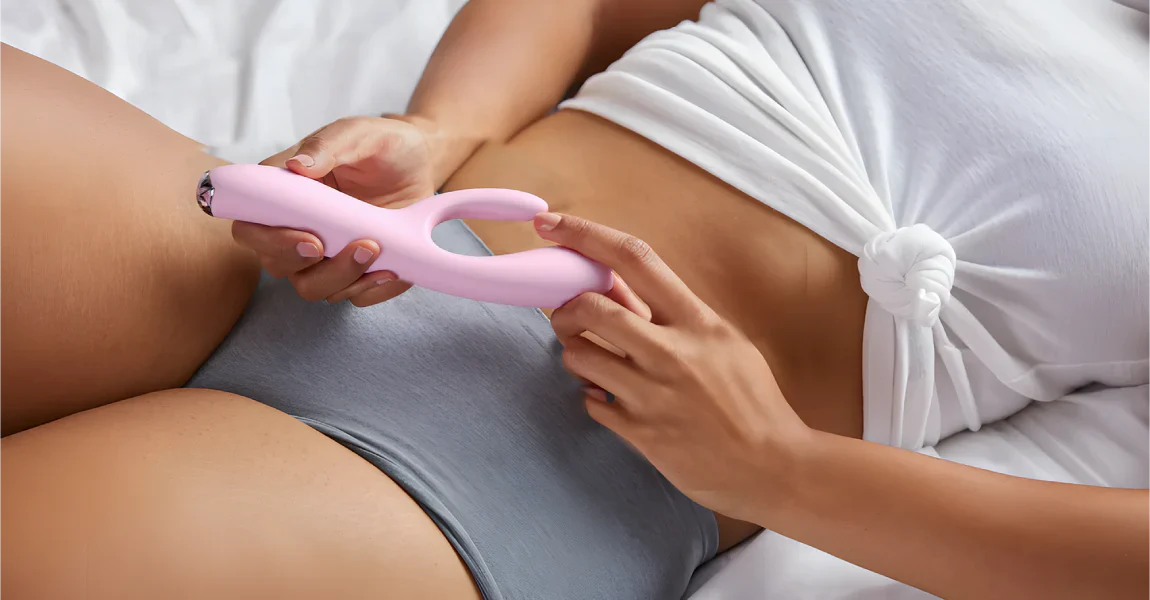
Curious about how to use sex toys—for yourself, with a partner, or both? You’re in the right place. This friendly, practical guide explains what sex toys are used for, how to pick your first toy, s...
